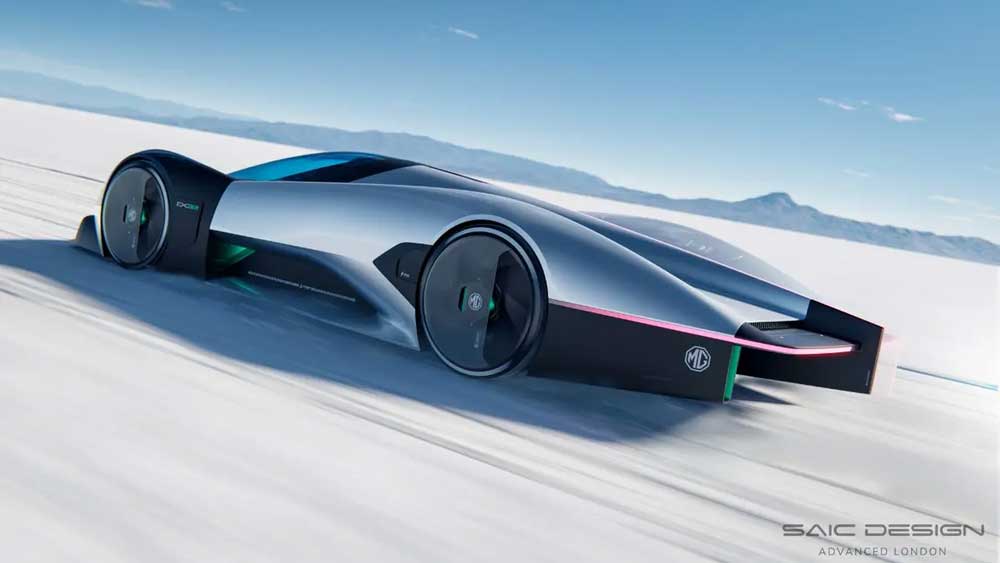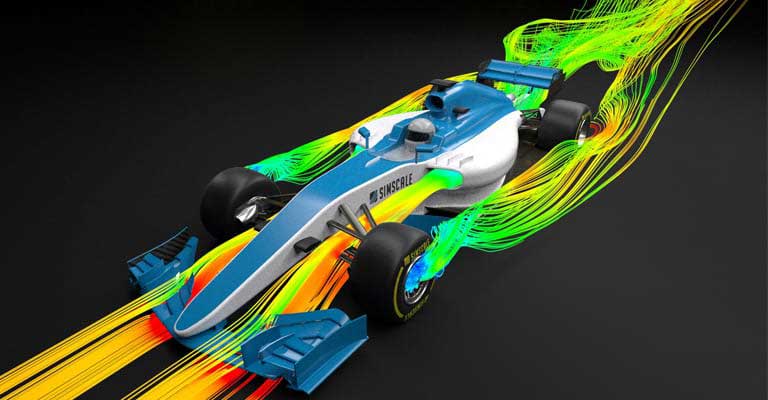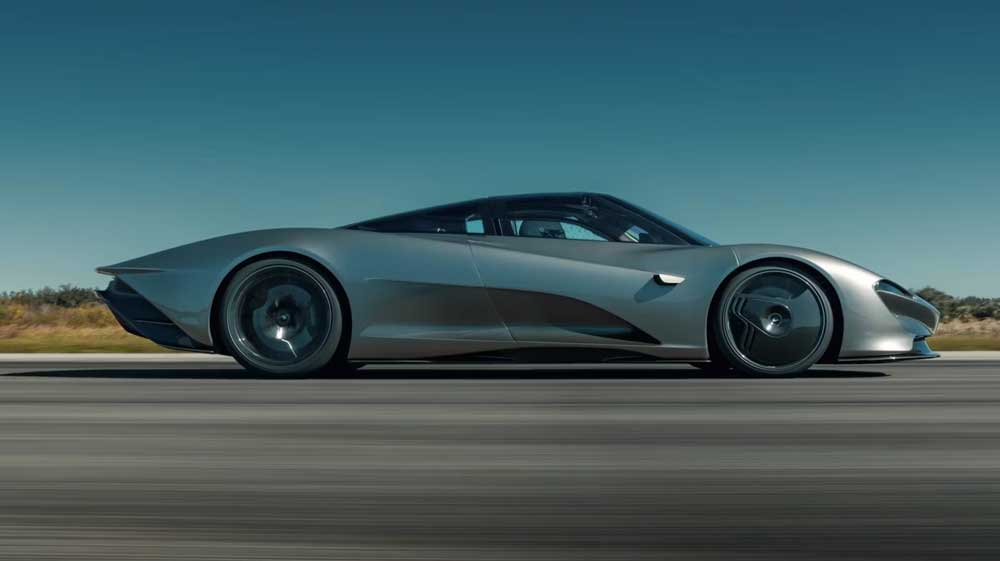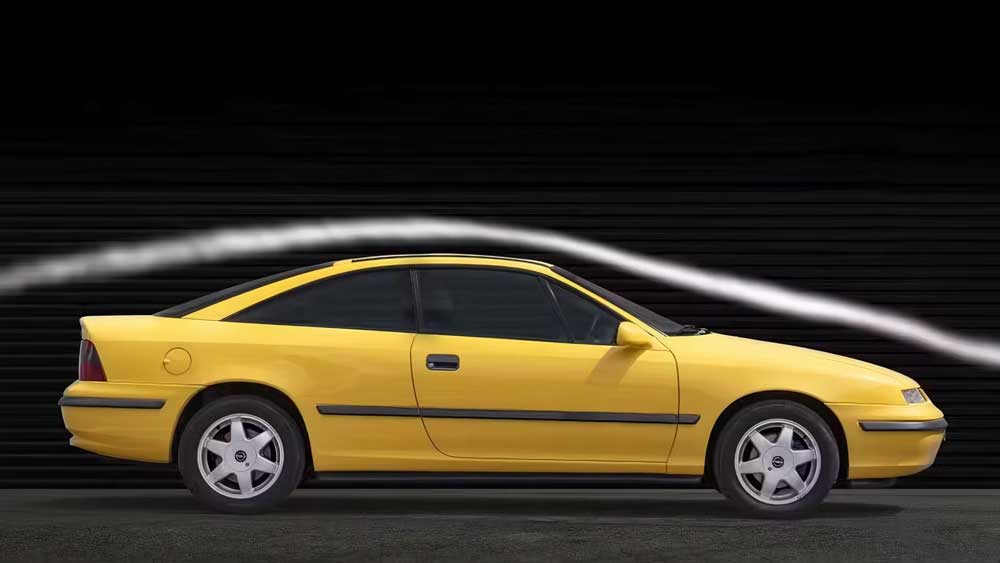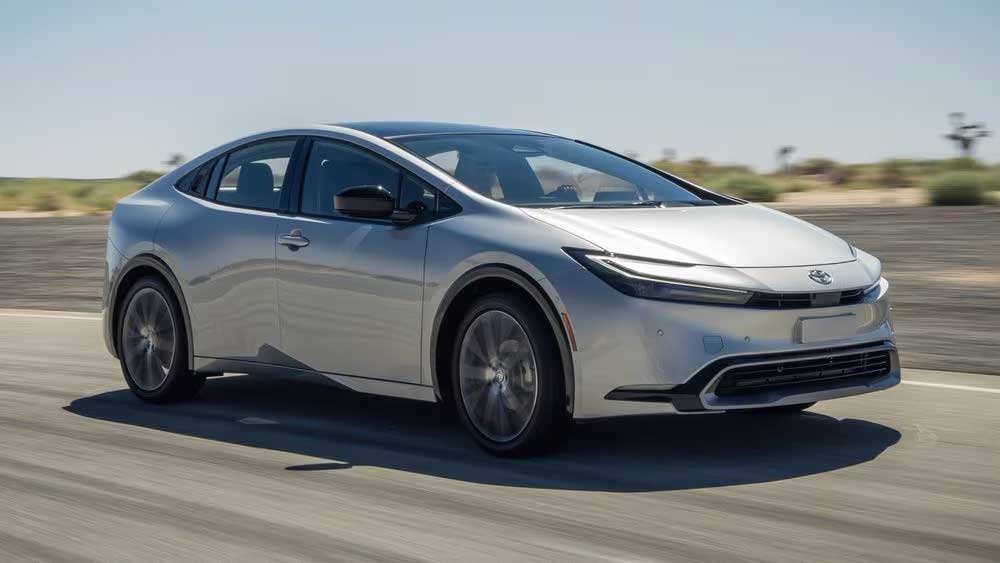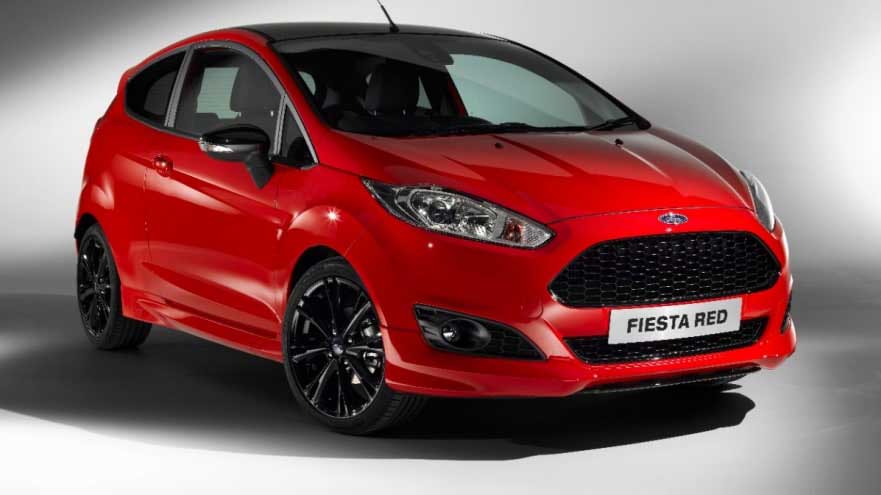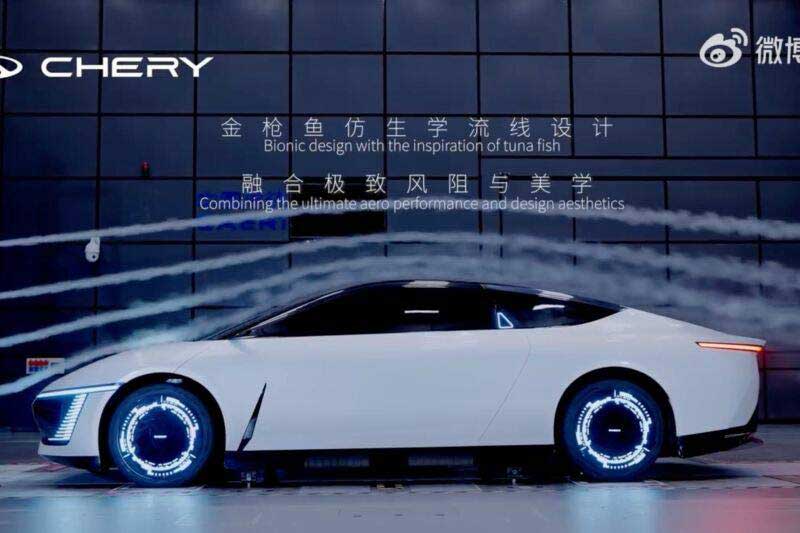Aerodynamics and Energy Efficiency in Vehicle Design: Shaping the Future of Automotive Performance
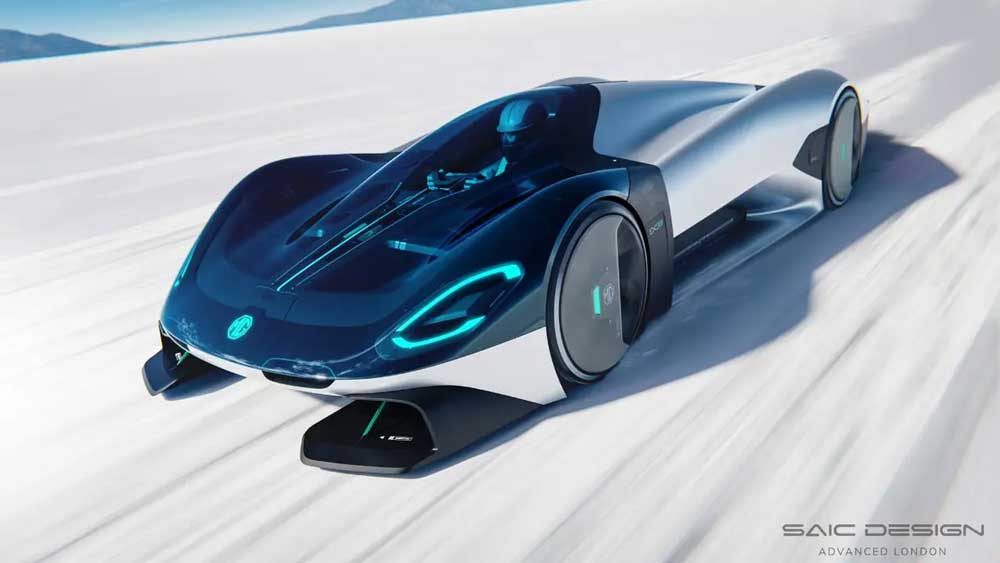
Aerodynamics is a fundamental aspect of vehicle design that plays a critical role in performance, fuel efficiency, and environmental impact. By optimizing the flow of air around a vehicle, designers can significantly reduce drag, improve stability, and enhance overall energy efficiency. With the growing focus on sustainability and the shift toward electric vehicles (EVs), understanding the principles of aerodynamics and their relationship to energy efficiency has never been more important.
In this blog post, we will explore the science of aerodynamics, how it affects vehicle performance, and how designers can leverage aerodynamic principles to create more efficient and sustainable vehicles.
The Science of Aerodynamics in Vehicle Design
Aerodynamics is the study of how air flows around objects and how those objects interact with the air. In the context of vehicle design, it refers to how the shape of a vehicle influences the airflow around it and the drag forces it experiences. A vehicle’s ability to cut through the air with minimal resistance is critical for both performance and energy conservation.
Key aerodynamic forces that affect vehicle performance include:
- Drag: The resistance a vehicle encounters as it moves through the air. Drag increases fuel consumption and reduces overall efficiency.
- Lift: The upward force that can reduce tire contact with the road, potentially affecting stability and handling.
- Downforce: The opposite of lift, downforce pushes the vehicle downward, improving tire grip and stability at high speeds.
- Flow Separation: Occurs when air flow breaks away from the vehicle surface, creating turbulent eddies that increase drag and reduce efficiency.
By understanding and controlling these forces, designers can enhance vehicle performance, stability, and fuel economy.
Key Factors Affecting Vehicle Aerodynamics
Several design elements influence how air interacts with a vehicle, including:
- Shape and Form: A vehicle’s overall shape is one of the most important factors in determining its aerodynamic efficiency. Vehicles with smooth, streamlined shapes (such as a teardrop or wedge) experience less drag than those with more angular or boxy shapes.
- Surface Texture: The smoothness or roughness of a vehicle’s surface can affect airflow. A smooth surface reduces drag, while rough or irregular surfaces can create turbulence that increases resistance.
- Front End Design: The shape of the vehicle’s front end—whether it’s a sharp, tapered design or a blunt, flat surface—has a major impact on how air is deflected around the vehicle.
- Rear Design: A vehicle’s rear end is equally important. A sharp, clean rear reduces drag by allowing airflow to reattach smoothly, while a boxy or flat rear increases drag.
- Wheel Design: Exposed wheels can create turbulence that increases drag. Streamlined or covered wheel designs can help reduce this issue.
By optimizing these factors, designers can significantly reduce the drag coefficient, improving energy efficiency.
How Aerodynamics Impacts Energy Efficiency
Aerodynamics and energy efficiency are closely linked, particularly in the context of vehicle fuel consumption and electric vehicle (EV) range. When a vehicle encounters high drag, it requires more energy to overcome this resistance and maintain speed, which leads to higher fuel consumption or faster depletion of battery power in electric vehicles.
The relationship between aerodynamics and energy efficiency can be summarized as follows:
- Reduced Drag: A vehicle with a low drag coefficient consumes less energy to maintain high speeds, resulting in better fuel economy and extended range for electric vehicles.
- Improved Stability: Well-designed aerodynamics help improve vehicle stability at higher speeds, reducing the need for additional power to maintain control.
- Energy Recovery: In some vehicles, aerodynamics can contribute to energy recovery systems (such as regenerative braking), which can help recharge the battery or reduce overall energy loss.
- Battery Efficiency in EVs: The range of electric vehicles is heavily influenced by aerodynamic design. A vehicle with poor aerodynamics will consume more battery power to overcome drag, whereas a more aerodynamic EV can achieve longer distances on a single charge.
By focusing on aerodynamics, manufacturers can create more energy-efficient vehicles that perform better, are more environmentally friendly, and require less energy for operation.
Innovative Aerodynamic Features in Modern Vehicles
Modern vehicle design has seen several innovative aerodynamic features that help reduce drag and improve efficiency:
- Active Aerodynamics: Some vehicles use adjustable aerodynamic elements, such as active grilles or rear spoilers, which can change position based on the vehicle’s speed or driving conditions. These adjustments help optimize airflow and reduce drag at high speeds or in specific conditions.
- Underbody Shields: To reduce underbody drag, many vehicles now feature smooth underbody shields or flat panels that streamline airflow under the car.
- Rear Diffusers: Rear diffusers help manage airflow at the rear of the vehicle, reducing turbulence and drag by guiding air smoothly away from the vehicle.
- Wheel Fairings: Vehicles with wheel fairings or fully enclosed wheels reduce the drag caused by the turbulent airflow around exposed wheels.
- Aero Covers for EVs: Electric vehicles are designed with more aerodynamic shapes and lightweight materials, and they often feature aero covers for wheels and streamlined mirrors to reduce drag and extend range.
These features are helping modern vehicles achieve higher fuel efficiency, reduced emissions, and longer range for electric vehicles.
The Relationship Between Aerodynamics and Fuel Economy
Aerodynamics plays a crucial role in improving fuel economy. The drag coefficient of a vehicle—essentially, how much drag it creates—has a direct impact on its fuel consumption. Vehicles with high drag require more energy to move at high speeds, leading to increased fuel consumption.
Key ways in which aerodynamics improves fuel economy include:
- Reduced Air Resistance: By reducing drag, vehicles use less power to overcome air resistance, leading to less fuel consumption or more efficient battery use.
- Increased Speed Efficiency: Aerodynamically optimized vehicles can maintain higher speeds with less energy expenditure, making them more fuel-efficient at highway speeds.
- Improved Range for Electric Vehicles: A well-designed electric vehicle with optimized aerodynamics can travel further on a single charge, making it more practical for consumers and reducing the need for frequent charging.
How Designers Can Enhance Aerodynamics for Energy Efficiency
As a designer, there are several steps you can take to improve the aerodynamics and energy efficiency of vehicles:
- Study Aerodynamic Principles: Familiarize yourself with the key principles of aerodynamics, such as drag reduction, airflow management, and the importance of smooth shapes.
- Use Computational Fluid Dynamics (CFD): Leverage CFD software to simulate airflow around your vehicle design and optimize the shape and structure to minimize drag and improve efficiency.
- Optimize the Front and Rear Design: Focus on sloping, streamlined front and rear ends that guide air around the vehicle smoothly. Use diffusers and spoilers to manage airflow at the rear.
- Consider the Underbody: Ensure the underbody of your vehicle is smooth to reduce turbulence and drag. Use underbody shields or flat panels for a more efficient design.
- Minimize Vehicle Weight: Lighter vehicles require less energy to overcome drag. Use lightweight materials and design components that minimize weight without compromising strength or safety.
- Test and Iterate: Always use aerodynamic testing and prototyping to refine your design. Real-world testing and simulations are essential for optimizing energy efficiency.
8. Case Studies: Aerodynamics and Energy Efficiency in Action
- Tesla Model S: Tesla’s focus on aerodynamics has helped the Model S achieve an impressive range. Its sleek, smooth body and streamlined features, including an active grille and flush door handles, reduce drag and enhance efficiency.
- Toyota Prius: The Toyota Prius has long been a leader in fuel efficiency, thanks in part to its aerodynamic design, which includes a low drag coefficient and a sloping roofline that reduces wind resistance.
- Ford EcoBoost: Ford’s EcoBoost vehicles use advanced aerodynamics to improve fuel efficiency. Features such as lower front fascias and smooth underbodies contribute to overall energy savings.
The Future of Aerodynamics in Sustainable Vehicle Design
As the push for electric vehicles (EVs) and sustainable transportation continues, aerodynamics will remain at the forefront of vehicle design. The ongoing development of autonomous vehicles and the growing adoption of smart mobility solutions will likely result in even more innovations in aerodynamic design, ensuring that future vehicles are not only more efficient but also environmentally friendly.
The future of aerodynamic design in vehicles will also include integrated solutions that account for urban mobility, vehicle-to-grid systems, and multi-modal transport, all of which will demand further optimization in terms of energy efficiency and aerodynamic performance.
10. Conclusion: The Crucial Role of Aerodynamics in Vehicle Performance
Aerodynamics is a critical factor in enhancing vehicle performance, fuel economy, and sustainability. As the automotive industry moves toward cleaner, more energy-efficient solutions, the focus on aerodynamic design will continue to grow. Designers and engineers who understand the principles of aerodynamics and implement them effectively in vehicle design will be able to create vehicles that perform better, use energy more efficiently, and help meet the global demand for sustainable transportation.
11. References
- Vasudevan, V. & Kumar, R. (2020) Aerodynamics of Road Vehicles: A Comprehensive Guide. New York: Automotive Design Press.
- Leal, S. & Taylor, M. (2019) Energy Efficiency in Vehicle Design: The Role of Aerodynamics. Journal of Automotive Engineering, 45(2), pp. 112-128.
- Toyota Motor Corporation (2021) The Evolution of Aerodynamics in Hybrid and Electric Vehicles. Toyota Tech Review, 25(4), pp. 56-65.
- Fleming, R. & Mitchell, L. (2021) Sustainable Vehicle Design and the Future of Aerodynamics. Green Design Journal, 31(3), pp. 78-91.
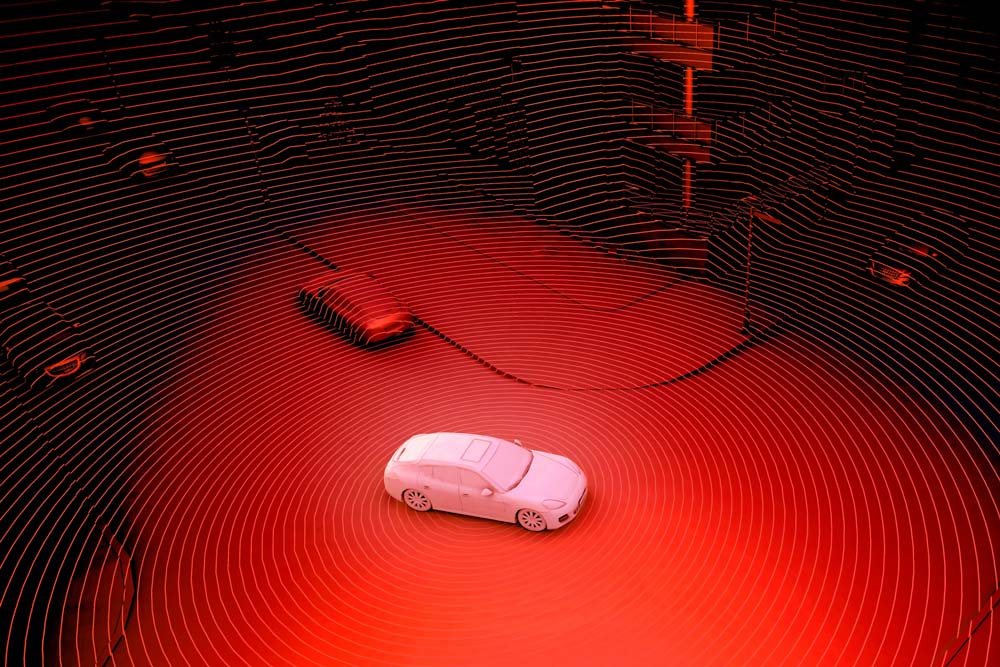
Introduction Modern vehicle design is no longer just about performance and aesthetics—it’s also about enhancing the overall well-being of drivers…
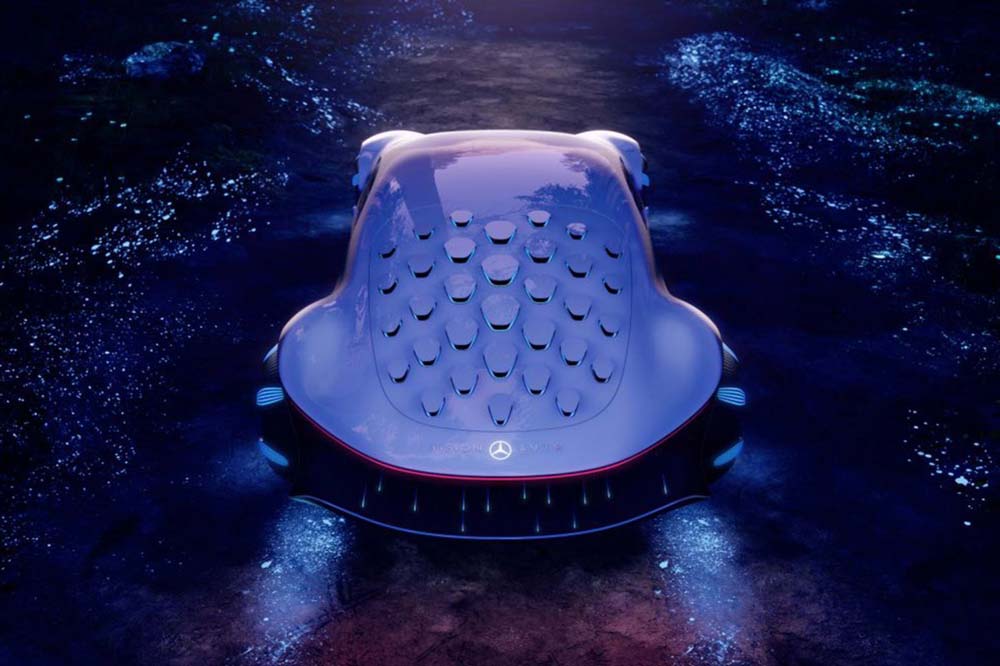
Introduction: The Growing Influence of Bio-Inspired Design As the automotive industry moves towards more sustainable, efficient, and innovative designs, bio-inspired…
